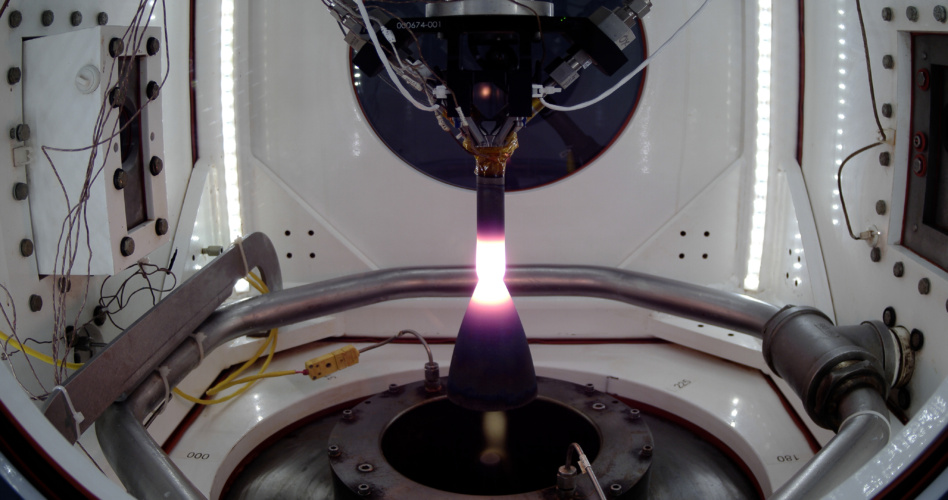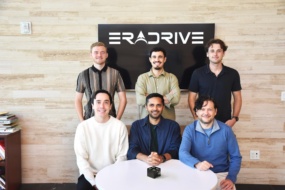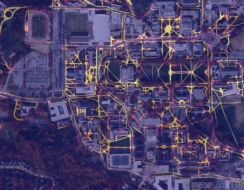Agile Space Industries, a Colorado-based in-space propulsion company, announced Wednesday that it has qualified its A110 bipropellant thruster for lunar landers.
Back in the game: The A110 is the first US-built thruster qualified for lunar landers since the Apollo program more than six decades ago, according to the company.
“These are challenges the US space industry has not faced in several generations, and it is thrilling to contribute to a sustainable return to the Moon,” Lars Osborne, chief engineer on the A110 project, said in a press release. “Qualifying this attitude control thruster is one small step in a larger effort, but one we are proud of.”
The A110: Agile’s newest thruster runs on a hydrazine/monomethylhydrazine blend that it says is optimized for high delta-V missions. The A110 is meant to shepherd lunar landers through the very delicate, precise touchdown on the surface.
Qualification testing involved putting a “flight-quality” prototype of the thruster through intense vibration, shock, and hot-fire testing. The company tested the engine in its own facilities, which replicate the vacuum and temperatures of the space environment.
Shoot for the Moon: Agile signed an agreement with Japanese company ispace last March to provide its A110 thrusters for use on their Mission 3 lunar lander, slated for launch in 2025.
- The Mission 1 lander, while we’re on the topic, is currently in lunar orbit and is expected to touch down on the surface on April 25.
- Agile also has agreements with Astrobotic and Masten Space Systems to supply thrusters for their planned landers.




